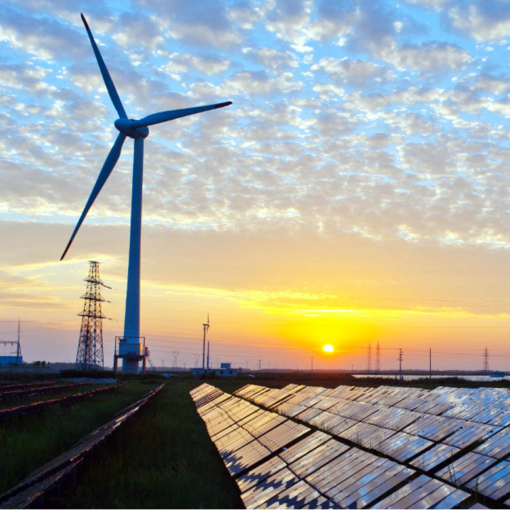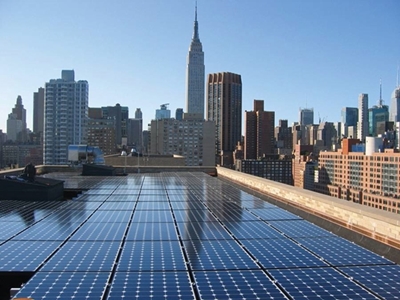by Michael B. Gerrard
This article first appeared on the Asia Society’s blog, ReAsia.
Cities have at least four central roles in the fight against climate change. In most countries:
1. Cities write and enforce building codes, which, by determining energy efficiency standards and heating types, help determine greenhouse gas emissions from buildings. According to the International Energy Agency, existing buildings are responsible for more than 40% of the world’s total primary energy consumption and for 24% of global CO2 emissions.
2. Cities determine land use patterns, which help determine how much travel is by mass transit as opposed to private vehicles, and therefore strongly influence the emissions from the transport sector.
3. Cities are themselves major consumers of energy-consuming goods and services, and in some places are themselves the generators of electricity.
4. Cities (especially those on coastlines, which is most of the world’s largest cities) are highly vulnerable to climate change itself, and therefore help decide how society will adapt.
However, cities generally have little control over several sectors of the economy that are major contributors to GHG emissions — power, industrial manufacturing, motor vehicle manufacturing, forestry, and agriculture. Thus the role of cities in climate governance will always be secondary to the national and provincial governments that control these sectors, and the activities of cities, though essential, are no substitute for binding national laws and global agreements.
Associate Director and Fellow, Center for Climate Change Law



